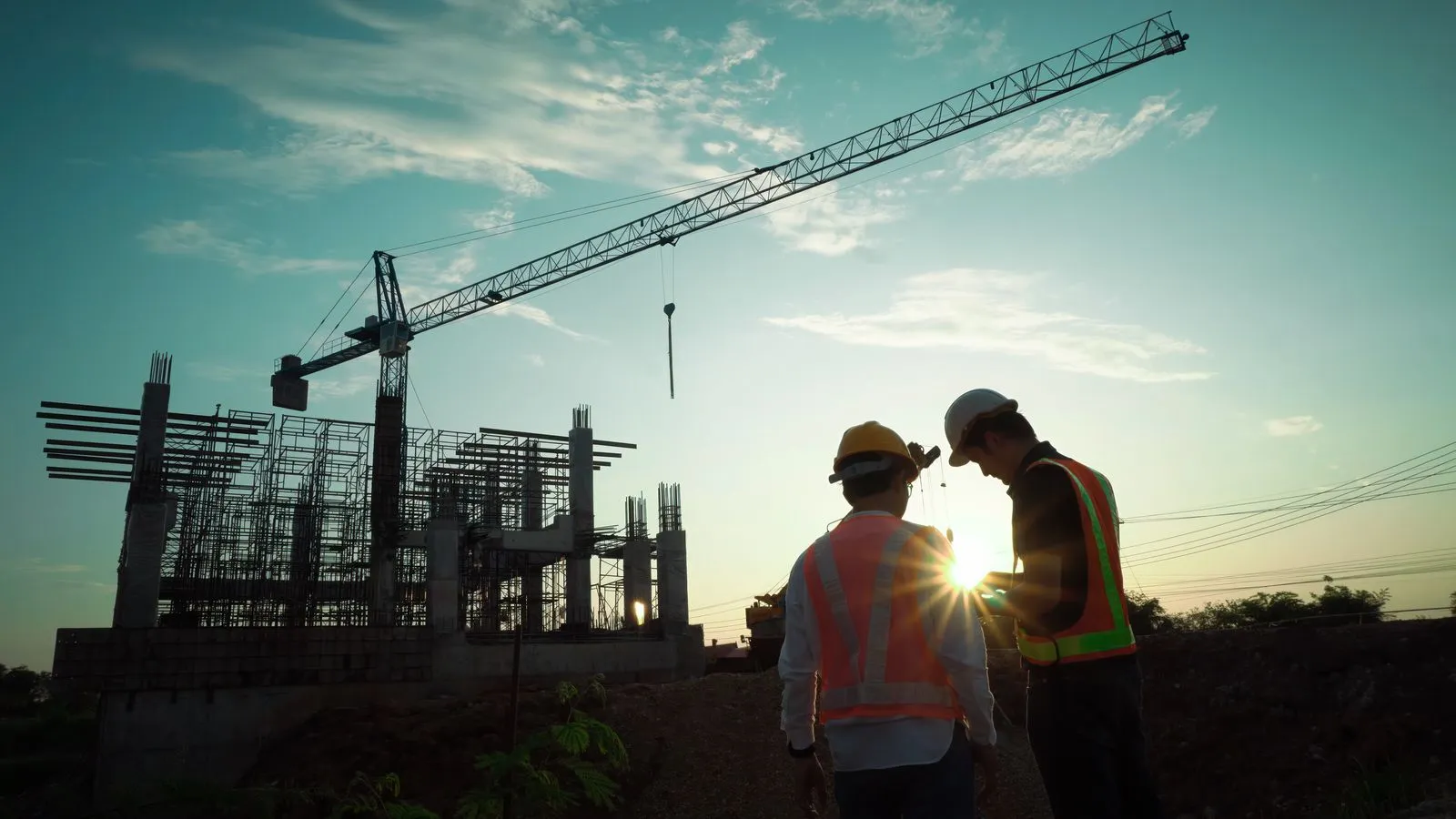Cost vs value: Why the cheapest price isn’t always the best deal

If one thing is true in life, it's that everyone wants a good deal. But in construction, chasing the lowest number can bite back fast.
The wise old QS would tell you that buying smarter doesn't necessarily mean buying cheaper, but without 30 years in the trade under your belt, it's easier said than done.
You might win a package with a sharp price, but if variations, rework, or missed deadlines crop up, those savings disappear.
Procurement teams aren’t just buyers, they’re the thin line between profit and pain.
In 2025, the best ones don't just ask, 'Who’s the cheapest?'. They ask bigger questions, and they use better data.
Read on to see how smart procurement avoids cost traps, improves decision-making, and safeguards margin from day one.
Smart procurement in today’s construction market
Smart procurement looks beyond the bottom-line figures. Construction projects are complex commercial operations involving risk, relationships, and long lead times. To manage risk effectively, you need more data.
Price alone doesn’t give you enough context. You need to see what’s included, what’s missing, and where the risks hide.
One subcontractor might list a cheaper price, but does it cover weekend work, scaffolding, and access above 2 meters? If not, a cheaper quote can turn into a financial black hole once those variations land.
Smart procurement uses structured data, standard workflows, and real-time insights, so you know exactly what you’re paying for before signing a contract.
It's about clarity, not just cost.
The risk of fixating on cost
Awarding a package on the lowest number without reviewing the fine print is rarely a good idea.
For instance, imagine a mechanical package £50,000 under budget. Six months later, that subcontractor sends £80,000 in variations for night work, duct risers, and gear they had excluded in their bid.
That initial 'saving' ends up as a net loss. These scenarios happen when teams miss scope gaps, rely on outdated rates, or approve packages without full breakdowns.
The cheapest bid often excludes key items. Those 'missing' items usually become costly variations later. Mitigating common risks is a good start, but ultimately, visibility is the key objective in improving your procurement performance.
The push toward better visibility
Smart procurement starts with visibility. QSs and CAs need to see procurement in real time — not just at the end of the month. This is one of the major benefits of a great procurement software over an Excel spreadsheet, for example.
With software that handles digital schedules and structured price breakdowns, you can:
- Track procurement in real time
- Compare quotes accurately
- Spot risks early
- Streamline approvals
When data is structured and surfaced at the right time, decisions get better. Margin is protected, and packages are let on value, not guesswork.
Five critical reasons to prioritise value over lowest cost
Smart procurement isn’t about the cheapest number. It’s about the right number.
Below are five points explaining why real value matters more than just the quotation.
1. Life-cycle clarity
A lower upfront cost might ignore future repairs.
A façade with lower-grade fixings might save £50,000 today. But if water damage appears in year three, you’ll bear the cost of rectification, plus reputational damage and delays.
2. Stronger supply chain relationships
Cheaper tenders often drive margins down for subcontractors.
They hit back with claims, rework, or even walk away. Supply chain insights keep everyone pulling in the same direction.
Smart procurement builds relationships by awarding work with clear scopes, fair terms, and reliable payments. It keeps everyone pulling in the same direction.
3. Real-time project control
You can’t assess value if you don’t know the status.
With structured workflows and integrated platforms, you see where every package stands. If scopes are incomplete or quotes are missing inclusions, you’ll know before the contract is signed.
4. Consistent processes
Inconsistent tendering leads to messy procurement.
One person might rely on old Word docs while another uses rehashed emails. Smart procurement means standard workflows, shared templates, and consistent audits.
5. Better decisions from data
Gut feel can fail.
Good data reveals subcontractor performance, hidden exclusions, and pricing anomalies. If a roofer is always 10% cheaper but delivers three weeks late, that's not a saving — it's a risk. Drive performance improvements through better procurement processes.
Smart procurement technologies to consider
Construction teams need better tools that work together. 'Smart' procurement is more than digitizing documents. It’s about connecting pricing, performance, and timing so your decisions hold up under pressure.
Automation for tendering
Tendering can eat up hours. Automation hands that time back.
- Auto-generate tender packs from pre-built templates
- Auto-compare quotes in structured tables — no copy-paste
- Auto-route approvals so packages move smoothly
Transparent eSignatures
Unsigned contracts equal risk. Digital signatures get rid of that lag.
- Track every action with time stamps
- Store signed contracts in one system
- Lock in terms quickly
AI and data-driven insights
Not before long, AI will be scanning quotes, spotting inconsistent line items, and flagging suppliers that underdeliver. It won't replace human judgment, it'll just sharpen it.
In future, AI-enabled procurement tools will:
- Flag missing scope items by cross-referencing previous packages
- Highlights risky suppliers (late delivery, frequent variations, disputes)
- Benchmarks pricing and flags anomalies up front
Frequently asked questions about smart procurement
Smart procurement isn’t just for massive contractors. Smaller teams face the same risks but with fewer resources. Address construction delays effectively.
Is smart procurement relevant to smaller contractors?
Yes. Smaller contractors still need clear scopes, structured workflows, and procurement visibility. A lean team has no room for mistakes.
Do these tools replace human judgment?
No. They free you from grunt work so you can apply your commercial judgment to the bigger picture.
A smarter path for long-term gains
Timelines slip, costs climb, and head contract pressure keeps building. Low quotes can be a trap. Day-one savings might evaporate by day 100 when you hit variations or supply chain issues.
Smart procurement flips that script. It focuses on cost certainty, risk management, and long-term track records instead of the cheapest quote. That’s real value — not hidden in spreadsheets but shown in how a package performs.
If you want to see how leading contractors are doing it, book a demo with ProcurePro to witness the transformation first-hand.
Stay in the loop
Get notified about ProcurePro updates, including new features, integrations and more!




